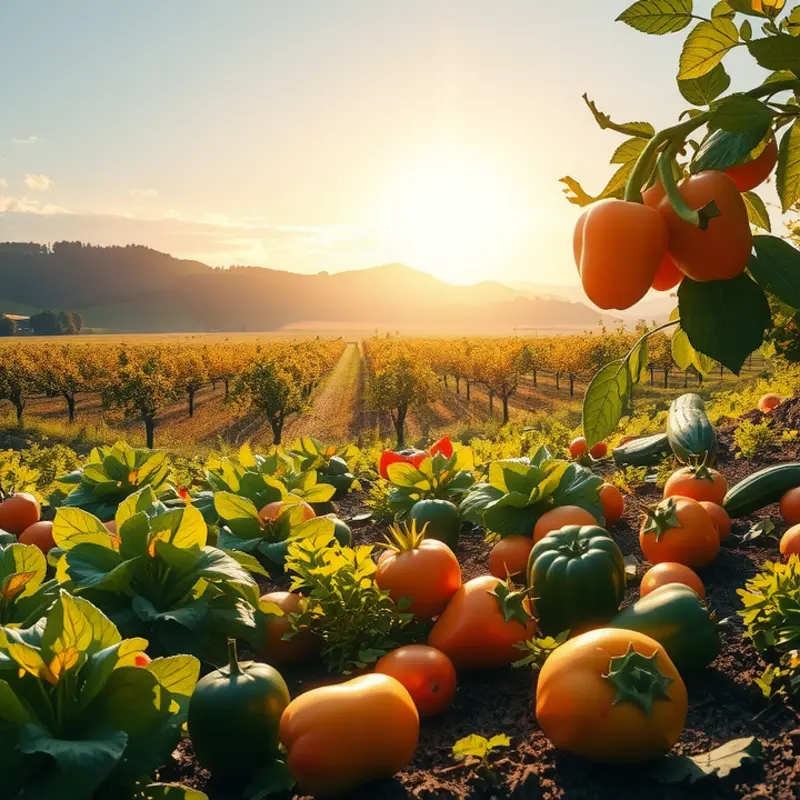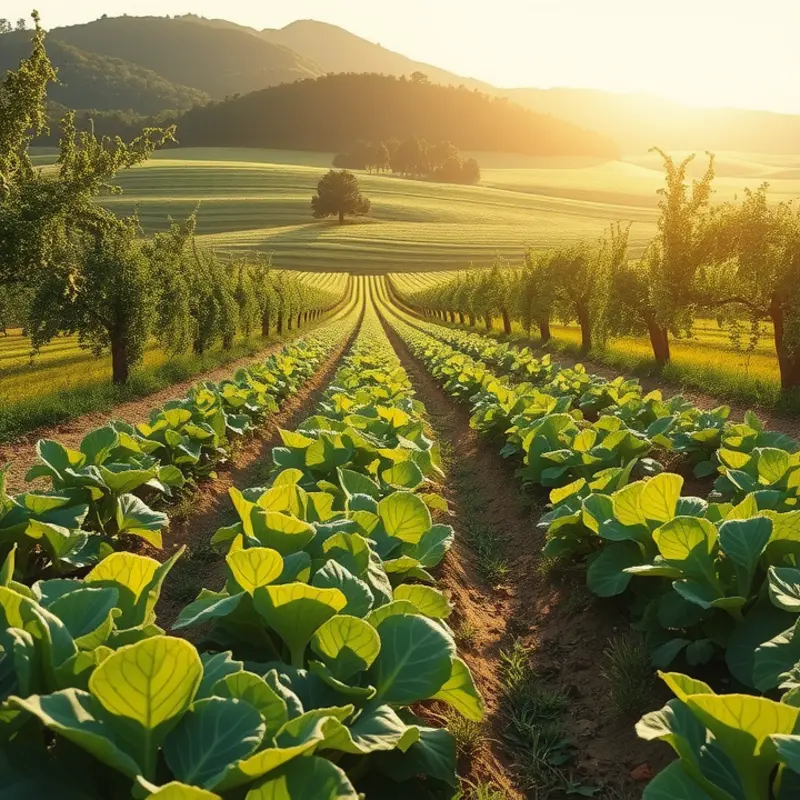Food scraps can become your kitchen’s secret weapon against waste. With smart storage and innovative uses, you can turn what once was discarded into delicious meals and valuable ingredients. This guide highlights actionable tips for managing food scraps, ensuring safer storage, and improving your overall food management at home.
Creative Ways to Store and Repurpose Food Scraps

Unlocking the full potential of food scraps begins with understanding how to store them effectively. Proper storage not only preserves freshness but also encourages creative repurposing. Consider treating vegetable trimmings as treasures. Save carrot peels, potato skins, and celery ends in an airtight container in the freezer. Once accumulated, they transform into a rich vegetable stock, a sustainable base for soups and sauces without extra cost or waste.
Herbs are often left lingering in the fridge until they’re past their prime. Extend their life by blending excess herbs with olive oil, then freeze the mixture in an ice cube tray. These herbed oil cubes add depth to dishes at a moment’s notice, offering a simple yet effective flavor boost without salt. Explore more flavor-boosting ideas to enhance dishes without relying on extra seasonings.
Fruit peels, such as those from apples and oranges, hold immense potential. Dry them in a low oven to create natural aromatic elements for your homemade teas or potpourris. Citrus peels can be candied for a sweet treat, turning what might be discarded into a delightful snack.
Stale bread is often doomed to the compost bin, but it deserves another chance. Transform it into breadcrumbs or croutons by drying the slices in the oven and then blitzing them in a food processor. This simple conversion reduces waste while providing essential ingredients for future recipes.
For those passionate about fermentation, consider starting a small composter for vegetable scraps unsuitable for cooking. Over time, these scraps decompose into nutrient-rich soil, perfect for growing a kitchen garden. This closed-loop system emphasizes sustainability, ensuring nothing is truly wasted.
When it comes to meat scraps, ensure safety by storing them separately in a freezer bag. A collection of bones and trimmings becomes the foundation for a hearty bone broth, packed with flavor and nutrients. This process respects every part of the ingredient, maximizing its value and usage.
By reevaluating how we perceive food scraps, the line between waste and resource blurs. Each bit of peel or crust carries potential for creativity and nutrition, emphasizing ingenuity in everyday cooking. Harness these methods to keep your kitchen organized and efficient, embracing the art of repurposing with style and substance.
Food Scrap Innovations: Cooking and Composting

Embracing the utility of food scraps can transform kitchen habits significantly, introducing both sustainability and cost-effectiveness to meal preparation. Rather than discarding vegetable peels, stalks, or other offcuts, these remnants can become culinary treasures.
Consider carrot tops, often deemed waste, but they can be repurposed into a bright, zesty pesto. Simply blend them with olive oil, nuts, garlic, lemon juice, and parmesan or a non-dairy equivalent. This pesto can then be tossed with pasta or spread on sandwiches for a delightful twist.
Citrus rinds, another common discard, can be dried and ground. This zest makes a fresh seasoning for baked goods, or can be simmered with vinegar to create a naturally fragrant cleaning solution. Similarly, apple peels can be stewed with spices to create a simple syrup that elevates beverages from ordinary to extraordinary.
Broccoli stems, often tossed aside, can be diced and roasted alongside florets, offering a texture contrast and maximizing usage. These stems can also be shaved thin and pickled to provide a crunchy, tangy topping for salads and sandwiches.
These strategies not only expand the potential of usual kitchen castoffs but also introduce unexpected flavors and textures, reducing dependency on pre-packaged ingredients. For more tips on minimizing kitchen waste and enhancing flavors, visit this guide on low-waste cooking prep.
When food scraps cannot be repurposed into meals, composting offers a waste-conscious solution. Start by designating a small bin in the kitchen for collecting scraps such as coffee grounds, egg shells, and fruit and vegetable peels. Balance these ‘greens’ with ‘browns’—like dried leaves or paper—in your compost container.
Turn the mixture regularly to aerate and speed up decomposition. This decomposed matter provides rich, nutrient-loaded compost for gardening, which supports soil health and nurtures new plant growth. The cycle of food scraps returning to nurture the earth reinforces a sustainable approach to kitchen waste management.
By viewing food scraps not as waste, but as opportunities, we embrace both culinary creativity and ecological responsibility. These practices can seamlessly integrate into any kitchen routine, promoting a lifestyle that values flavor, innovation, and sustainability.
Final words
Efficient use of food scraps not only minimizes waste but can significantly enhance your culinary experience and support sustainable practices. By adopting smart storage and creative repurposing methods, you’ll soon discover that leftovers don’t need to end up in the trash. Instead, they can become the base of a new dish or enrich your garden. Whether through cooking, composting, or simply saving scraps, you can make a positive impact on your kitchen and the planet.







